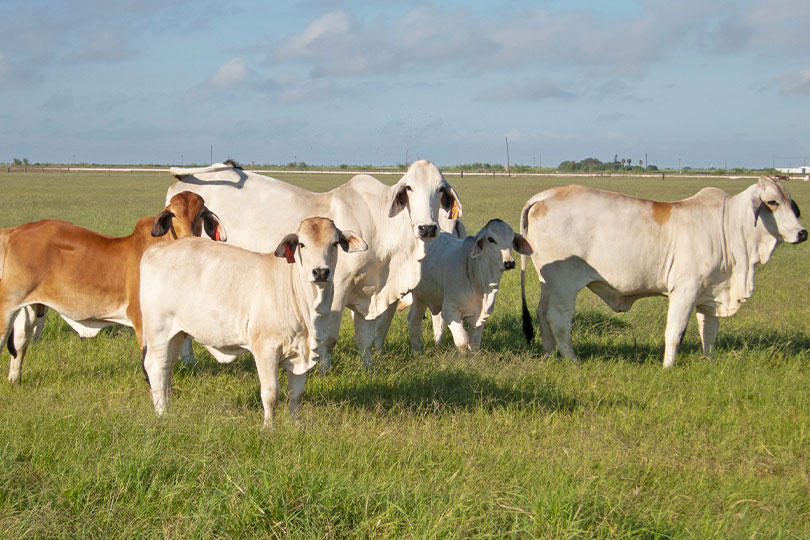By Shelby Shank
Field Editor
Economic and climate conditions forecast for the coming months and years are casting doubt on a rapid expansion of the cattle herd in Texas and the U.S.
“Market volatility and weather challenges will play a role in ranchers deciding whether or not they are ready to start growing their herds,” Tracy Tomascik, Texas Farm Bureau associate director of Commodity and Regulatory Activities, said. “We’re in a similar situation to the drought of 2011 that led to significant culling and herd consolidations.”
But Tomascik noted herd rebuilding took place sooner after that drought than it is now. That’s because higher input costs and interest rates are keeping returns over cash costs low, resulting in slower herd expansion.
Cattle numbers are at some of the lowest levels in U.S. history, and market conditions suggest now could be a good time for ranchers to start rebuilding their herds.
“The strong cattle market this year would usually make ranchers ready to keep heifers back and expand their operations, but record high prices don’t necessarily mean record high returns,” he said.
Ranchers are cautious, carefully considering keeping more cattle and the extra costs.
“Economically, there’s no clear signal for herd expansion yet because the returns haven’t materialized to make it worthwhile,” Dr. David Anderson, AgriLife Extension economist and livestock specialist, said.
Strategic decisions for herd growth
One key part to rebuilding the herd is selecting replacement females.
“The calf crop and productivity are the most important factors moving forward,” Anderson said. “If a cow doesn’t produce a calf every year, it cuts into what ranchers can afford to pay for replacements. This time, replacement prices will be at record highs—just like calf prices.”
Understanding operational costs is key, Anderson added, noting that ranchers should avoid overextending themselves financially.
While many ranchers are taking a wait-and-see approach, the need for long-term planning is more critical than ever. Cow productivity and the calf crop are essential considerations to offset the rising costs of replacements.
Ranchers should consider environmental adaptability, mature size, calving ease, marketability and timing to get a calf on the ground when determining the best females to rebuild their herd.
“You don’t want to still be paying for those replacements when they are long gone,” Anderson said.
There are options to invest in breeding cattle.
“If you look at it purely from an economic standpoint, selling heifers and purchasing a female that can produce calves during this period might be more beneficial,” said Dr. Ron Gill, AgriLife Extension professor and livestock specialist. “Then, you could buy lightweight heifers and be ready to breed for the next cycle.”
Ranchers also face the option of buying bred heifers, which come at a higher cost but offer the advantage of sooner calf production. Weighing these options against operational goals is critical for success in the long run.
“You need to be thinking about at least a three-year period,” Gill advised. “Raise heifers you have confidence in and focus on development costs. But don’t chase trends or short-term opportunities that could disrupt your entire system. If you have a solid operation, stick to it.”
Pasture conditions
Although forage outlooks have improved, some areas of Texas remain in extreme drought and other areas are beginning to dry out.
“We’ve not escaped drought conditions in many areas so forage production this summer was stalled out and the fall season doesn’t look promising,” Tomascik said.
The long-range weather forecast shows a transition to a La Niña, which trends to drier times ahead.
“This is another factor that’s tamed enthusiasm on expanding the cow herd,” Tomascik said. “Without grass and signs indicating dry months ahead, it becomes even more difficult to invest in additional cattle.”


Leave A Comment